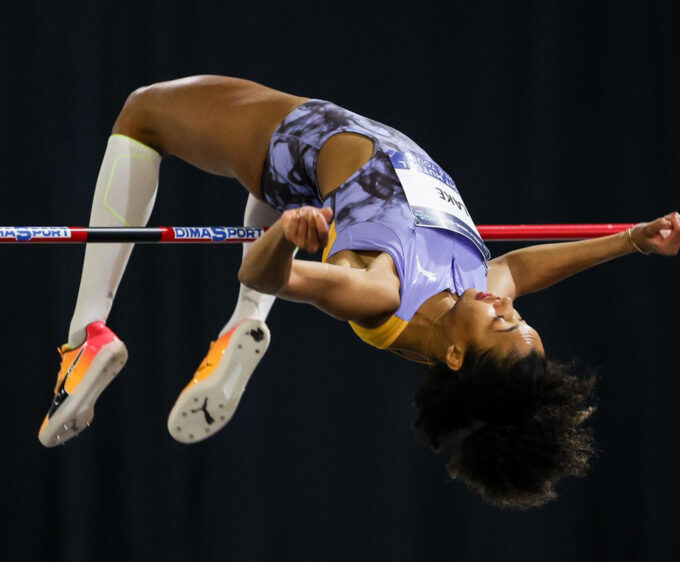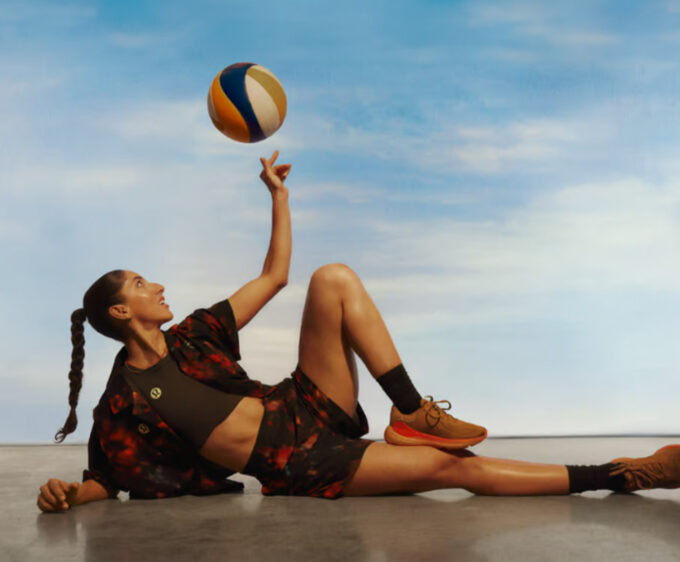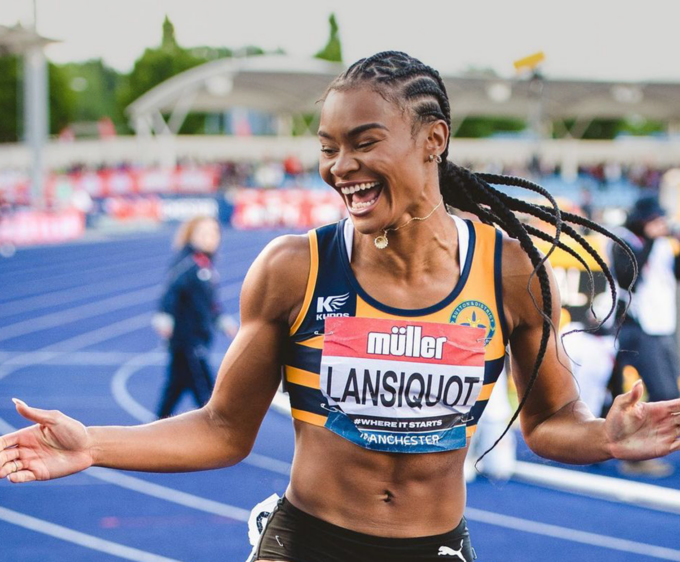
#PARIS2024: Izzy Thorpe & Kate Shortman
Behind the Swarovski embellished costumes and thespian make up are two young Bristolians who spend 60 hours a week together as an artistic swimming duet. Is this what it takes to become the favourites for a gold medal at Paris 2024?
By Ellë Bolland
Photography By Richard Johnson
Imagine this: you’re performing for 5 minutes underwater, barely catching a breath. You’re kicking your feet and sculling your arms against the heavy resistance of the water, eyes blinded by the deep blue hue of the pool. Your lungs, and brain for that matter, are screaming for oxygen. All the while you’re performing, you’re actually trying to keep in time to the music – of which you can’t properly hear because of course, you’re under water. To keep things in sync, you scream with your mouth shut by vibrating your vocal cords – not like you’re trying to survive at the same time or anything!
Above water, you see movements with the grace of ballet and the audacity of gymnastics. The athletes? Their expressions match those of a Japanese comic, laden in makeup and with gravity-defying gelled back hair. So what goes on behind the stage of the aquatic pantomime?
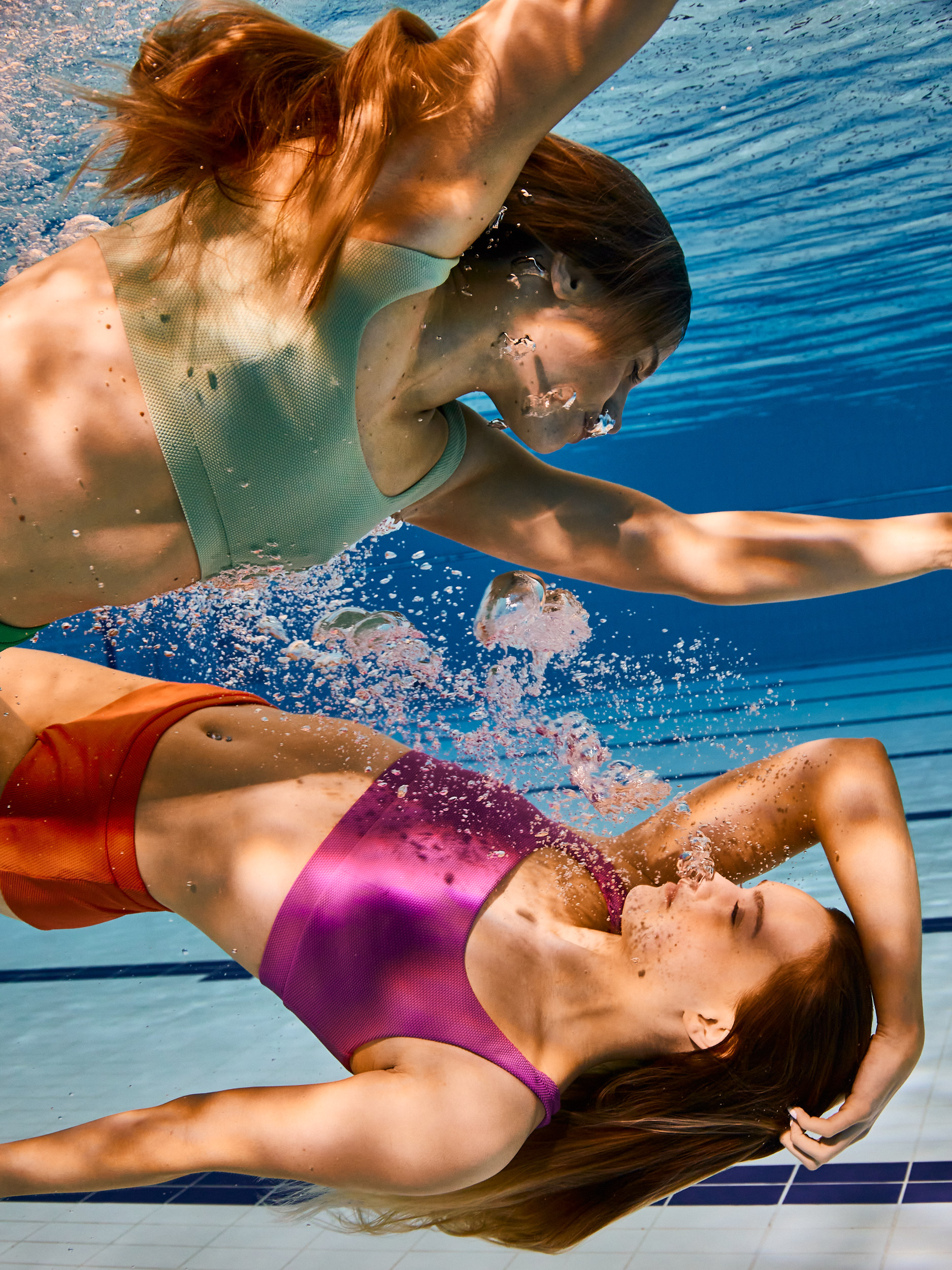
I learn that you need around 9-11 hours a day to get to Olympic standard, and that isn’t just time spent in the pool, “We’re training 8-5 on a normal day and if it’s a training camp it’s 8-7”, Olympic gold medal hopeful, Izzy Thorpe, tells me. Her partner in crime, Kate Shortman, elaborates, “So we’ll start at 8am and that will be more strength based stuff. We’ll start with an hour to an hour and a half of either gym work, strength work, flexibility, etc, then the rest of the time is pretty much in the pool. We’ll do two three hour pool sessions a day, so 3-4 hours in the morning, an hour lunch break then we’re back in the pool for another 3-4 hours in the afternoon. We’re lucky to be able to do this as full-time athletes thanks to investment from The National Lottery, but it is quite full-on!”.
“Wow, that sounds like a hell of a lot! Do you ever have a day off?”.
“Sunday!” the pair say in unison, which is nothing short of what you would expect from an artistic swimming duet. I wonder how it feels to be so matchy-matchy with someone…
“Is it ever a challenge to be so joined at the hip?”
“For sure, at times. We’ve obviously grown up together so it means we’ve seen each other through certain challenges and we’ve previously questioned our identity within the sport. When sport has been your constant in life and then you’re faced with challenges outside of your control, like certain biases and views of those judging you, it can’ take its toll on you. We do really know how we both operate and we know how to pick the other one up, so having this history together has actually given us strength.” Izzy shares.
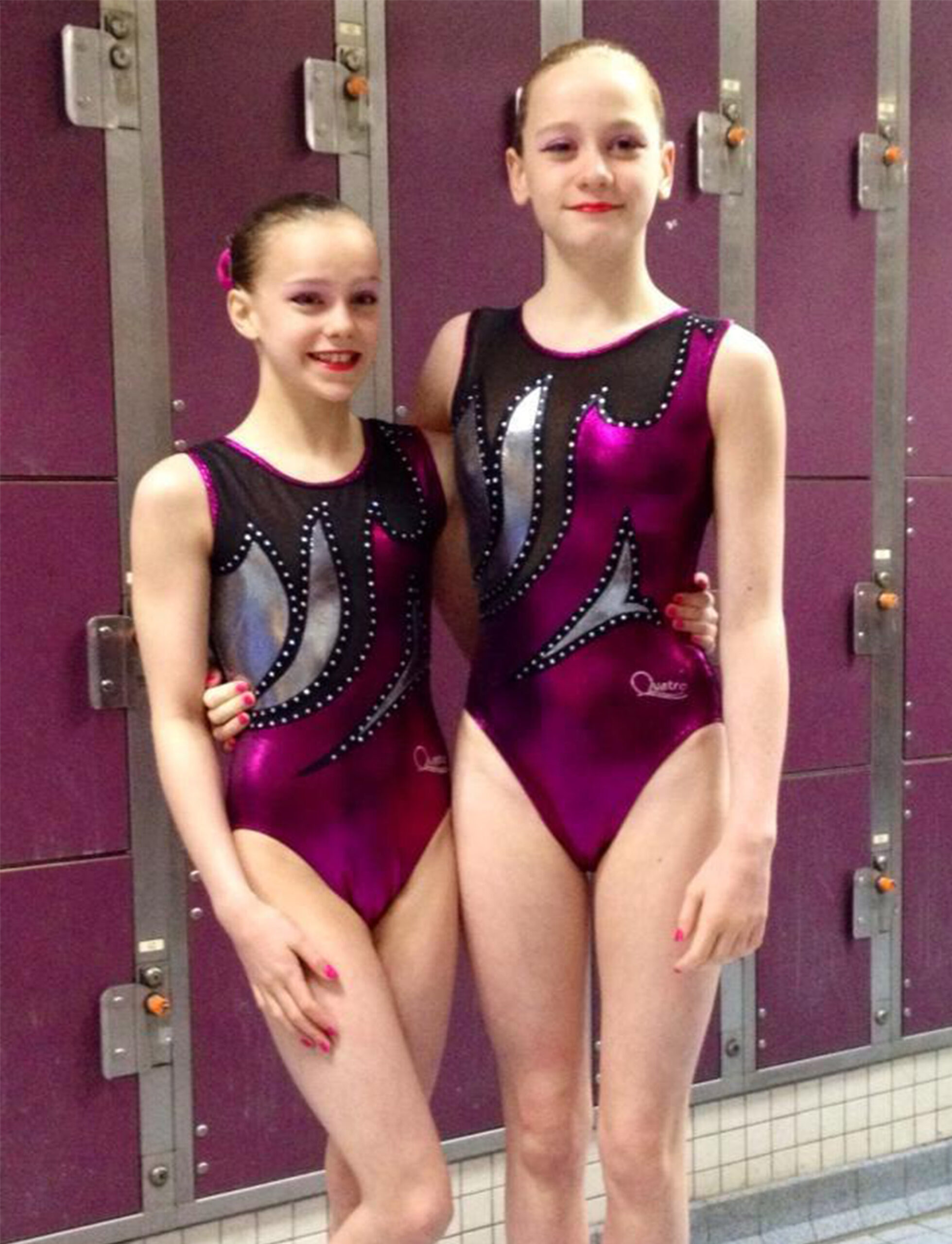
It wasn’t just a nice accident that the girls have found themselves paired up since they were seven years old. As the second generation of Shortman-Thorpe duet (both Izzy & Kate’s mum’s were on the team that just narrowly missed a spot at the 1996 Olympic Games in Atlanta), the both of them were poolside from as long as they can remember. That said, having aquatics in the blood doesn’t mean you’re born with gills and destined for gold medals.
Beyond aerobic training, there’s physics and technicality to artistic swimming – having to understand the buoyancy of the water and how to use it as support throughout your routine. The thing is, you can’t touch the bottom of the pool so you’re having to tread water for the entirety of the routine. How on earth do you begin judging such a sport?
Izzy tells me how things have revolutionised in recent years, “Everything actually changed recently, so it will be the first Olympics under the new scoring system. You have ten judges forming panels across three different categories: difficulty, artistic impression, and execution. Difficulty is a score (also known as our Coach Card) determined by us and our coach, where we list the exact elements we’re going to perform and each of the elements are then scored against by the Elements Panel. It wasn’t always that way – the judges actually used to determine this but it meant there was a lot of bias based on the country, how long our legs are. Presenting the difficulty of the routine ourselves keeps us accountable to what we set out to do, and it means the judging is a lot more objective!”.
“Yeah so just building on Izzy’s point you’ve then got the Artistic Impression panel who judge the choreography, musicality, and performance, and finally you have the Technical Controllers. These judges watch and verify if we’ve performed each element correctly (if you haven’t, then you get a base mark) and in synchro, so it’s scored how clean the routine is basically. Everything is then added together with any penalties deducted. There’s quite a lot to it!” Kate tells me.

Performance
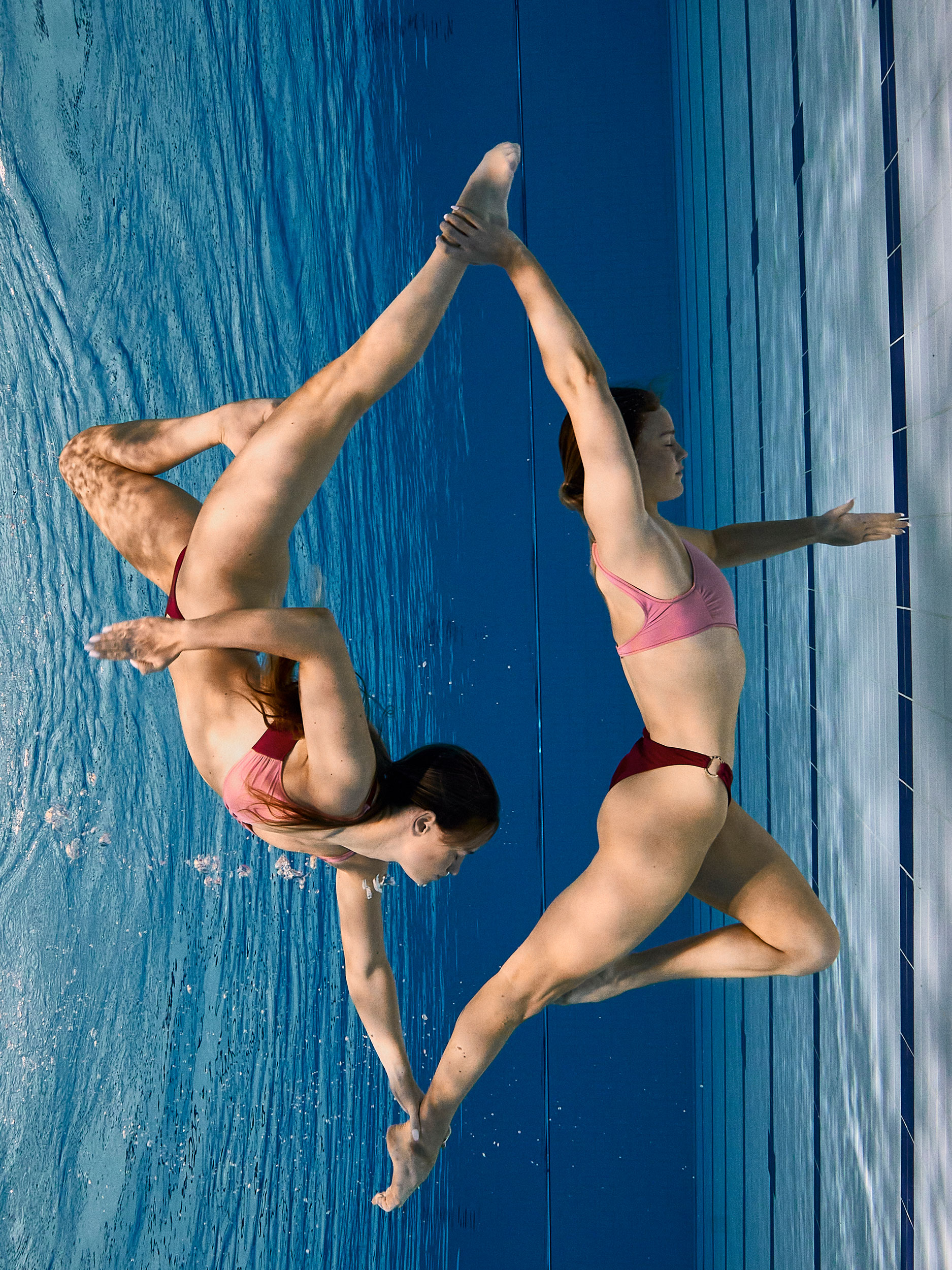
I want to delve deeper into this evolution of the sport. Artistic swimming has a long-tradition on the Olympic programme, but it has seen a remarkable shift in recent years. With the change from ‘synchronised swimming’ to ‘artistic swimming’ in 2017, to 2024 where acrobatics are being included for the first time in the Artistic Swimming catalogue, challenging judges as much as the athletes to consider complex airborne, action-packed movements. It’s creating a splash not only for judges and athletes… Izzy elaborates on what this means for the spectators, “There’s definitely been a revamp to the sport at large. For example it’s easier and more entertaining for spectators to follow along now: they present a big board when we walk out to perform, our scores will be given on a screen so we find out the result at the same time, they’ll show our reactions, etc. So, yeah, they’ve tried to make it a bit more marketable I guess. I think the unique thing about our sport is that we can really get creative. It’s not just a chance to swim or run fast, but we can really work together with our coach to bring a bit of our personalities into our performance”.
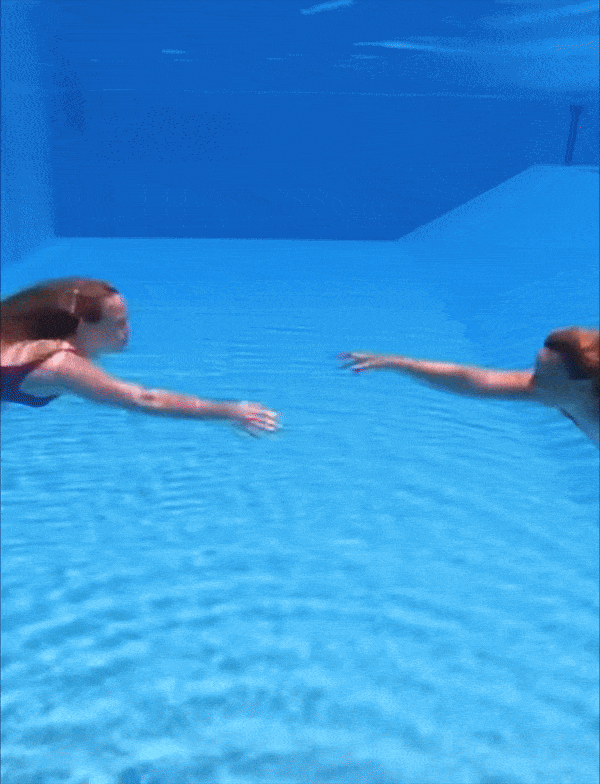
I’m intrigued. “So how involved are you creatively? What about those rhinestone encrusted costumes?!”.
“We work closely with our regular coach, who keeps us informed of what our competitors are doing, changes to the competition etc so this will feed through the creative process, then we have a choreography coach who creates the theme, the movement routine, the music, and a lot of the time they will take on our ideas as well so it can be quite collaborative. She’ll decide the costumes and make up so they coordinate with our choreography,” Kate shares.
Now all Olympic hopefuls are aiming for gold, but it’s no secret these athlete’s are balancing day jobs, degrees, even children in some cases. Schedules are minute to minute, and as you can imagine those that are able to lend those minutes to training and recovery, the greater the advantage to their performance. It’s why we’ve seen a recent string of victories from Kate & Izzy, with silver and bronze medals at February’s World Championships – qualifying the girls for the Olympics – to winning gold at the Olympic Test Event in May this year.
Izzy tells me how it would have been tremendously difficult without additional support from The National Lottery, “I was juggling a job alongside uni up until last year, when we were then put on APA (Athlete Performance Award), which is funded by The National Lottery. The funding gives us that reassurance that we’ll have money there to go towards things like our food, travel, training camps etc, allowing us time to channel all of our energy into finding that extra one percent towards our performance. For example we’ve recently been on a few training camps in Turkey, which has really helped us mix things up from training in our home pool. It’s been really beneficial to train in different environments with world leading facilities, and we wouldn’t have been able to do that without The National Lottery programme and people playing The National Lottery”.
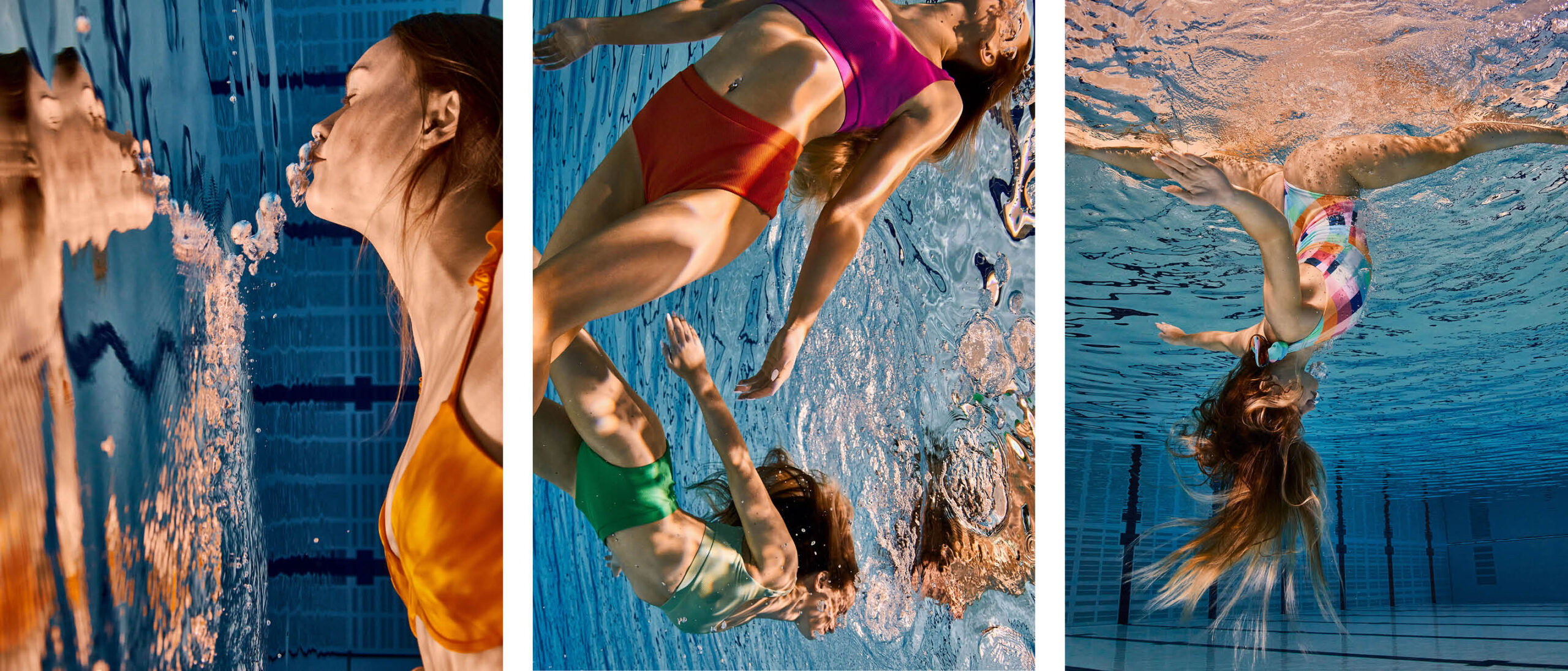
“So what can we expect from your Olympic performance?”.
The duo look to each other with excitement and pause before Kate shares, “Without giving too much away, we have two routines. One is themed around clocks and the other is around the phoenix. They’re both quite different from one another, but you’ll see a lot of the old, artistic techniques there with creative elements to differentiate ourselves from our competitors”. Izzy emphasises, “Yeah so with the new scoring, a lot of competitors are really trying to impress on the difficulty and not on creative ways of executing traditional elements, so it’s something we’ve really honed in on. We’ve managed to get a lot of credit for it in our recent competitions!”.
“So if it wasn’t artistic swimming, which other Olympic sport would you love to try?”.
Izzy: “I’d say diving! I actually love watching it because it’s got such a great atmosphere. The athletes really get behind each other and support the other countries if someone does a good dive. I love the sportsmanship of it”.
Kate: “I’d definitely keep it aquatic so for me it would be swimming – seeing as I started in that!”.
It’s clear there’s so much more behind the glamorous mask of artistic swimming. On land, Kate and Izzy are your youthful and glittery-eyed, twenty-two and twenty-three year olds, but their journey as Olympians is a testament to their lifelong commitment to what is a tremendously taxing and critical sport. Whether they’re perfecting every kick, every stroke or every stance, these girls are really doing everything in their power to perform en pointe in this Summer’s games. We can’t wait to see their first performance on Friday 9th August at Paris Aquatics Centre!
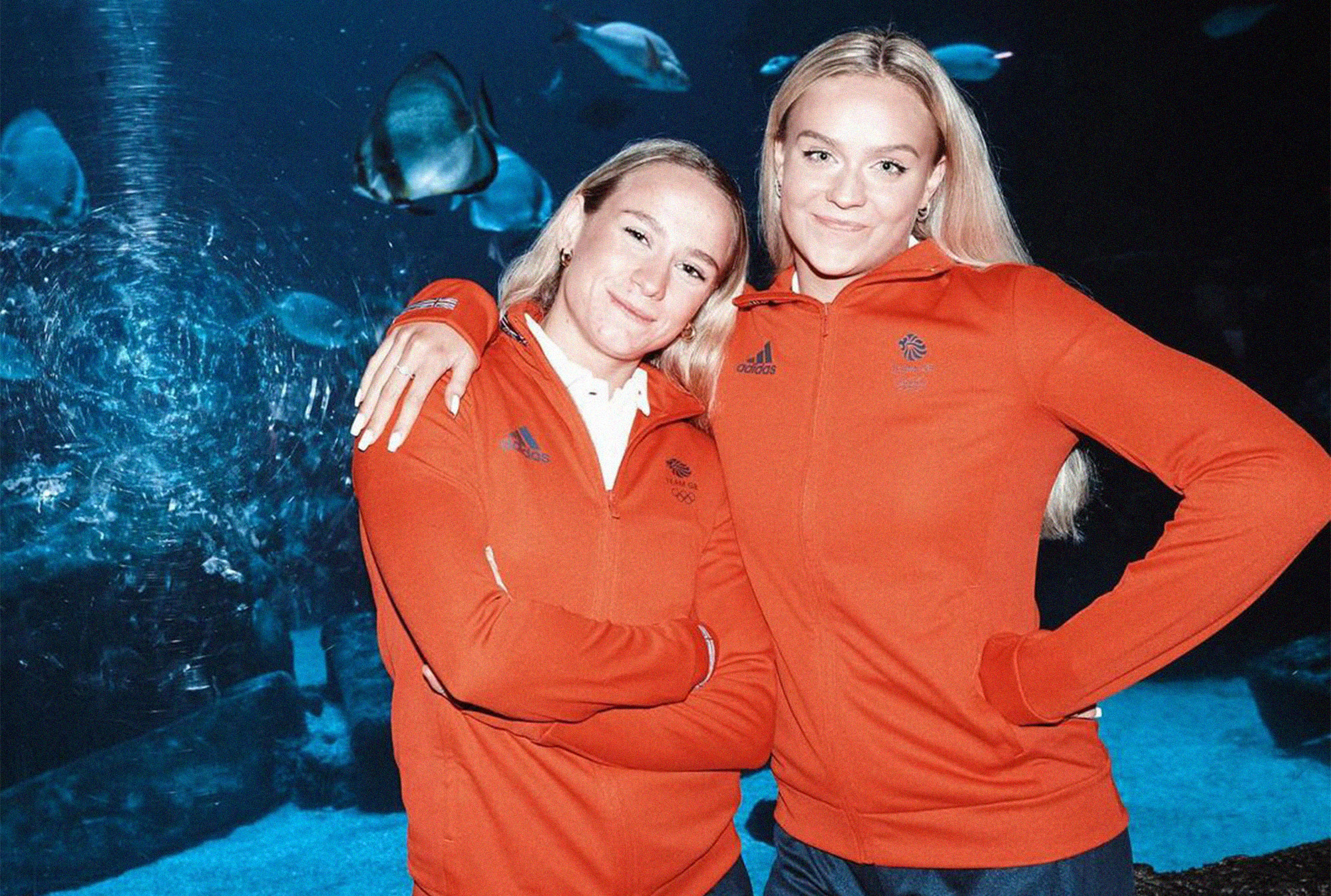
Photography by Richard Johnson
Fashion & Art Director by Nicole Smallwood
Hair & Make up by Nathalie Eleni
Thanks to National Lottery players our Olympic athletes are supported to live their dreams and make the nation proud. With more than £30M a week raised for Good Causes, The National Lottery has enabled Great Britain to become a global force in Aquatics and has provided more opportunities for people inspired by athletes like Kate & Izzy to take part in the sport. For details visit www.lotterygoodcauses.org.uk

